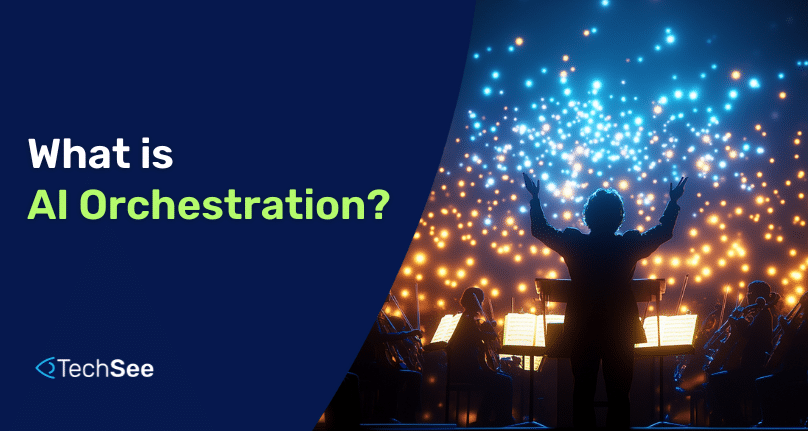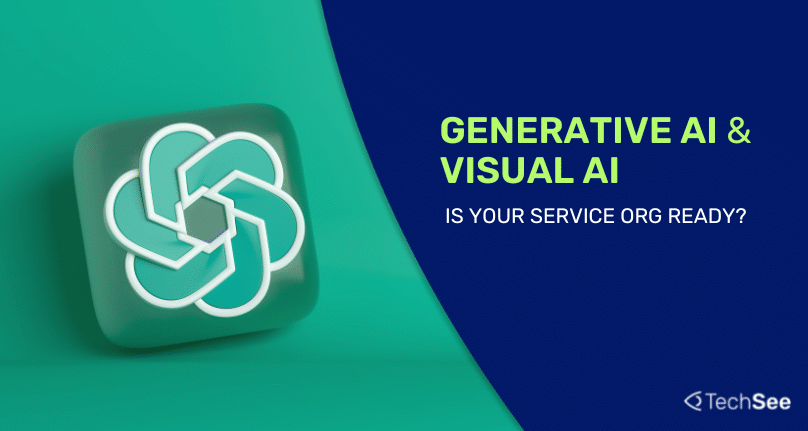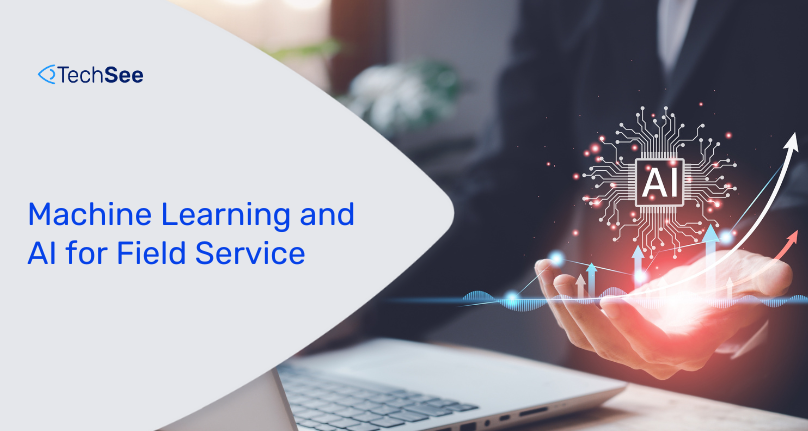Contents
Artificial Intelligence (AI) is everywhere these days, and it’s changing how businesses interact with their most prized asset: their customers. We’ve all experienced chatbots that can’t quite understand us or voice assistants that miss the mark. That’s where AI Orchestration comes in. Orchestration helps ensure that the right AI or multiple AI solutions come together to handle the right job at the right time, making service smoother and more effective. In this blog, I’ll break down AI Orchestration, why it matters, and how it can transform customer service.
What is AI Orchestration?
AI Orchestration is a suite of technologies that ensures that various AI solutions collaborate effectively behind the scenes, to deliver a desired business outcome. AI Orchestration is like a great team manager. Like a team manager, the AI Orchestrator ensures that all the different AI tools—like chatbots, voice assistants, and visual AI, each with their own unique skills and use cases—work together seamlessly. Just like customer service agents specialize in different areas, AI tools are becoming increasingly specialized. Orchestration makes sure each task goes to the best-suited AI Agent. The result? A smoother, more efficient service experience for customers.
The Value of Orchestration in Customer Service
Why should businesses care about AI Orchestration? Because it solves real problems and delivers tangible benefits:
- Enhanced Customer Experience (CX): Ever been stuck with an AI that can’t help you? Orchestration prevents that by directing inquiries to the right tool, leading to quicker resolutions and happier customers.
- Cost Reduction: Automating routine tasks and optimizing resource use cuts operational costs and minimizes human errors. No more wasted time, ineffective dispatches or no fault found returns.
- Churn Reduction: Happy customers stick around. A responsive, streamlined onboarding or service experience keeps them from jumping to competitors.
Practical Applications of AI Orchestration in Service Contexts
Here are a couple of ways businesses can use AI Orchestration effectively:
- Smart Call Routing and enabling Multi-AI Interactions: Say a customer has a billing issue. Instead of fumbling through menus, the Orchestrator sends them straight to a chatbot that knows billing inside and out. Got a technical issue? A visual AI agent can analyze it instantly. Need to handle both in a single service interaction? Orchestration can seamlessly and contextually transfer users between AI Agents while maintaining a consistent and streamlined front-end customer experience.
- Integration of Visual AI Agents: Imagine trying to install a router and getting stuck. Instead of waiting for a technician, a visual AI agent like TechSee’s Sophie AI can guide you step by step using your phone’s camera. This reduces frustration and saves money.
Linking Orchestration to Business KPIs
How does the Orchestration of AI translate into business success? Let’s look at some key performance indicators:
- Churn Reduction: When customers feel heard and helped, they stay loyal. Make your customers feel seen, with AI Orchestration that works.
- Revenue Scalability: With the right AI handling tasks, businesses can scale operations without skyrocketing costs.
- Faster Time to Activation and Time to Revenue: The first 30 days of any customer lifecycle are critical. Ensuring that customers can easily onboard and activate, whether through proactive AI Agent guidance or reactive AI Agent Orchestration, will improve your performance at this critical juncture.
- Improved First Contact Resolution (FCR): When customers get the right help the first time, they’re happier, and your team is more efficient.
- Reduced Average Handling Time (AHT): Faster problem resolution means customers don’t have to wait, and agents can focus on complex issues.
- Increased Net Promoter Score (NPS): A smoother service experience translates into customers who are more likely to recommend your brand.
Conclusion
Orchestration is a game-changer. It ensures every customer interaction is managed by the right AI, leading to better experiences and business outcomes. Whether it’s improving efficiency, cutting costs, or reducing churn, AI Orchestration is the future of customer experience.
Want to know more about how Sophie AI’s Orchestration can help improve your performance? Book a demo here, we look forward to speaking with you.






